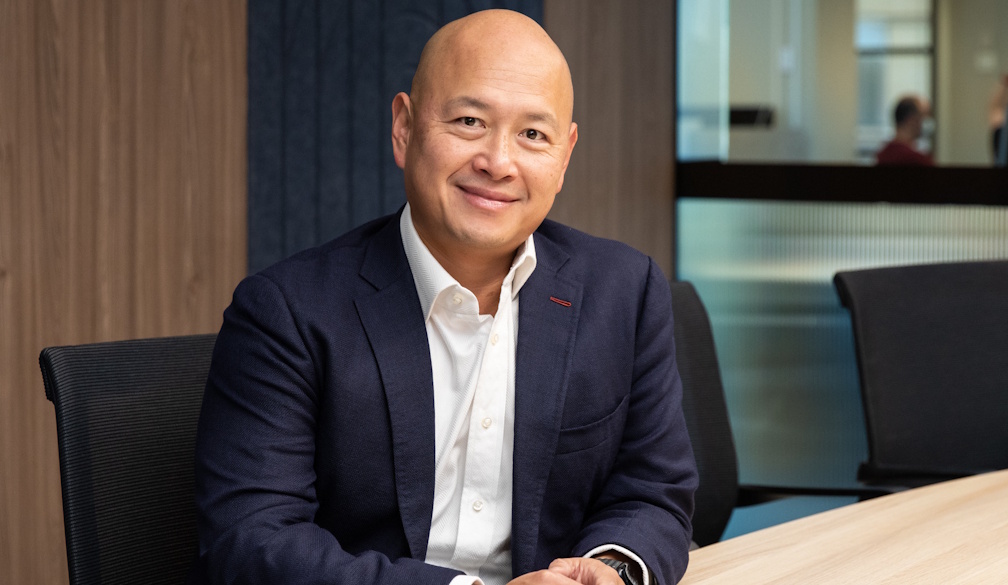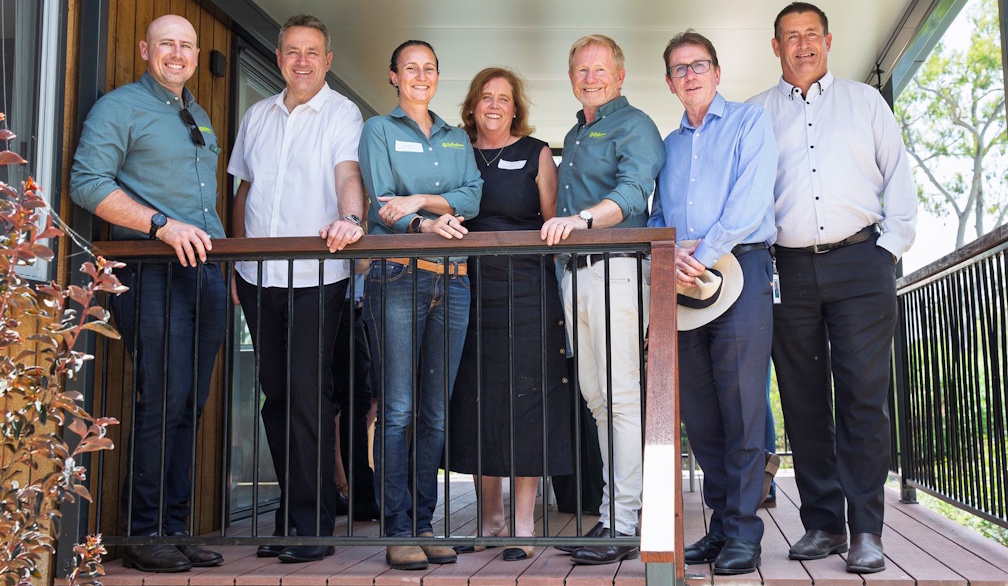Hospitality industry can address staff shortages by raising its brand profile
- Written by Flinders University

To address the hospitality industry’s ongoing issues with attracting and retaining staff, university researchers have developed an innovative new model that introduces industry-wide talent branding.
Flinders University’s Dr Ashokkumar Manoharan collaborated with Associate Professor Christina Scott-Young (RMIT University, Melbourne), and Professor Anthony McDonnell (Cork University Business School, Ireland) to create a framework that creates an effective industry brand.
Based on brand equity theory, signalling theory and employer branding literature, this framework places an onus on sector-wide cooperation to form a consistent brand that all hospitality employers and employees can clearly understand.
The researchers say there is merit in moving beyond organisational-level employer branding to instead create an industry talent brand by articulating a broader collaborative and strategic agenda with industry peak bodies to increase and widen the talent pool available to organisations.
Rather than individual businesses (especially SME hospitality employers) attempting to build their own brand profile that is attractive to employees, the researchers believe a cohesive industry talent brand will be more effective in developing greater trust and appeal among prospective and current hospitality employees.
“The proposed framework offers the hospitality industry a means to adopt a more proactive, collective and strategic approach to address long-standing talent challenges,” says Dr Manoharan, from Flinders University’s College of Business, Government and Law.
“The COVID-19 pandemic exacerbated talent challenges faced by hospitality organisations when prolonged closures led to many workers leaving the industry to pursue other employment.”
The researchers say an effective brand that reduces job applicants’ uncertainty about the quality, benefits and value of their employment offering comprises five elements: interest value (such as innovative or appealing products or services); social value (a positive work environment and friendly staff relationships); economic value (financial rewards); development value (future career opportunities); and application value (potential to use previous learnings in other roles).
“We argue that if the industry talent brand is perceived as attractive, then potential applicants may seek out and apply for positions in hospitality organisations, when previously they would not have,” says Dr Manoharan.
“Perceived industry talent brand attractiveness will also impact existing hospitality employees, resulting in them feeling proud and affirmed in their jobs, which is likely to encourage staff to continue working in the hospitality industry.”
Because industry talent branding is a new concept, it will require all the hospitality industry’s key stakeholders – which includes industry associations, members, employers, plus existing and potential employees – coming together in a collaborative co-design process to identify specific characteristics of the industry’s employment offering.
“To develop an effective employer brand, an organisation needs to identify, clarify and strategically manage the employment experience offered to employees, identifying the holistic nature of the employment experience, both tangible and intangible, that employees receive within the organisation.”
Effective messaging may also help to attract older individuals with transferable skills from other careers.
The proposed framework is backed by measurable outcomes, to ensure that the promises offered by cohesive industry branding are being delivered to employees – and can be easily adjusted to accurately portray outcomes.
“This will create a realistic impression of the employee value proposition – which means it outlines the benefits and rewards received by employees in return for their work performance,” says Dr Manoharan.
Dr Manoharan hopes the framework will also enable hospitality industry associations to collaborate with government, education, and industry sectors to promote hospitality as an attractive employment option – and to also use such collaborations to improve wages, working conditions, flexibility and work–life balance to ensure there is real substance behind improving the brand image.
“Attracting greater numbers and quality of talent to sustain businesses in the hospitality industry is, and has for some time been, a critical global issue – magnified by the COVID-19 pandemic,” says Dr Manoharan. “However, we contend that there are excellent opportunities to attract and retain people who currently do not view the industry as a viable career path.
“Fostering a greater sense of belonging, satisfaction and motivation, engagement, morale and job satisfaction will result in a likely reduction in employees’ long-term turnover intentions.”
The research – “Industry talent branding: a collaborative and strategic approach to reducing hospitality’s talent challenge” by Ashokkumar Manoharan, Christina Scott-Young and Anthony McDonnell - has been published in the International Journal of Contemporary Hospitality Management. DOI10.1108/IJCHM-07-2022-0882














